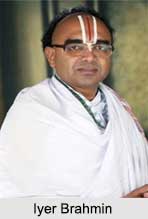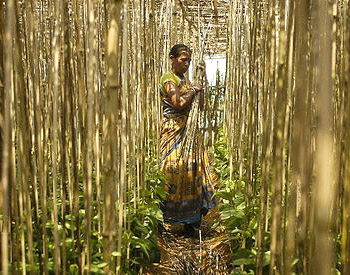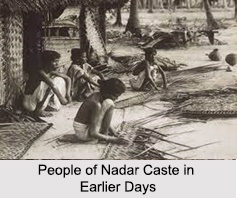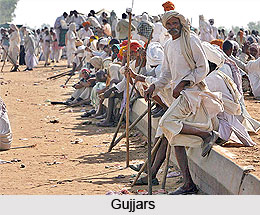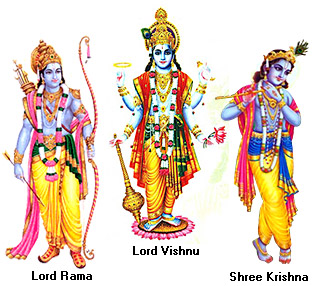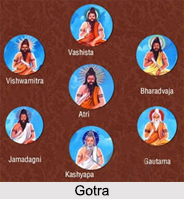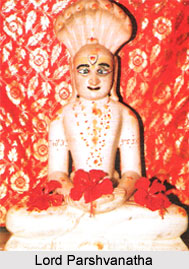 Shri Vatpadra Teerth located in Rajasthan is a Jain pilgrimage centre. The teerth kshetra is situated in the Badoda village. The nearest city from this place is Dungarpur. The temple is dedicated to Lord Parshvanatha, the twenty-third Jain Tirthankara.
Shri Vatpadra Teerth located in Rajasthan is a Jain pilgrimage centre. The teerth kshetra is situated in the Badoda village. The nearest city from this place is Dungarpur. The temple is dedicated to Lord Parshvanatha, the twenty-third Jain Tirthankara.
History of Shri Vatpadra Teerth
According to history Shri Vatpadra Teerth dates back to the ancient times. Earlier it was a large city and was resided by many people. As per reference the temple was built in the year 1036. The place is associated with many miracles and legends. As per a legend the idol of Lord Parshvanatha was unearthed from this place in the year 909 of the Vikram Samvat Era. The foot images of Bhagwan Kesaraiyanath are installed at the place from where the idol was discovered. The idol of Lord Parshvanatha is believed to possess miraculous powers. Thousands of Jains and non Jains from far off places visit the temple to offer their prayers. It is believed that if prayed with all devotion the Lord fulfils the wishes of the pilgrims.
Temple of Shri Vatpadra Teerth
The temple of Shri Vatpadra Teerth houses the idol of Shri Purusdaniya Parshvanatha Bhagwan. The Swetambara temple has been magnificently decorated with intricate artistic designs. The creative temple work boast about the skills of the craftsmen. The walls and pillars of the temple are adorned with specimens of ancient art and paintings of the Jain Tirthankaras. The idol of the Lord is white in colour and is seated in a padmasana posture. The idol has been beautifully carved from a single stone and looks very appealing. The smiling face of the Lord looks very calm and serene. Apart from this there are foot images of Bhagwan Rishabh Dev under a peepul tree. They are known by the name of Kesariya Bala.
The Temple of Shri Vatpadra Teerth organises many annual gatherings and functions. There are provisions for dharamshalas or rest houses for the pilgrims. These are well equipped with all modern facilities. Apart from this there are Upashrays, an Ayambilshala and a Jnanabhandar. The teertha is situated on beautiful natural surroundings on Shivnath River. The temple is enclosed by scenic beauty that mesmerises and fascinates the pilgrims. The calm and tranquil environment and the surrounding greenery make it a suitable place for religious activities. The kshetra is well connected to road, rail and air. Taxi services and bus services are easily available here. The nearest bus stop is located at Badoda. The nearest railway station is located at Dungarpur at a distance of 40 kms. The nearest airport is located at Ahmedabad and Udaipur.










